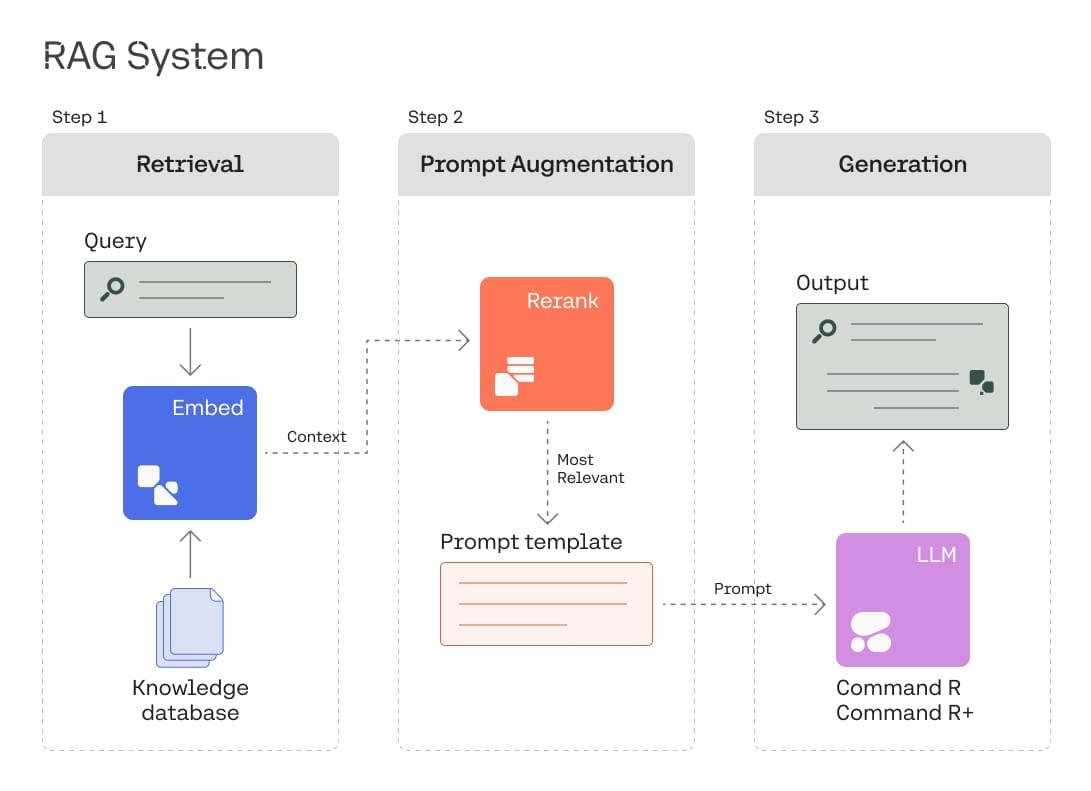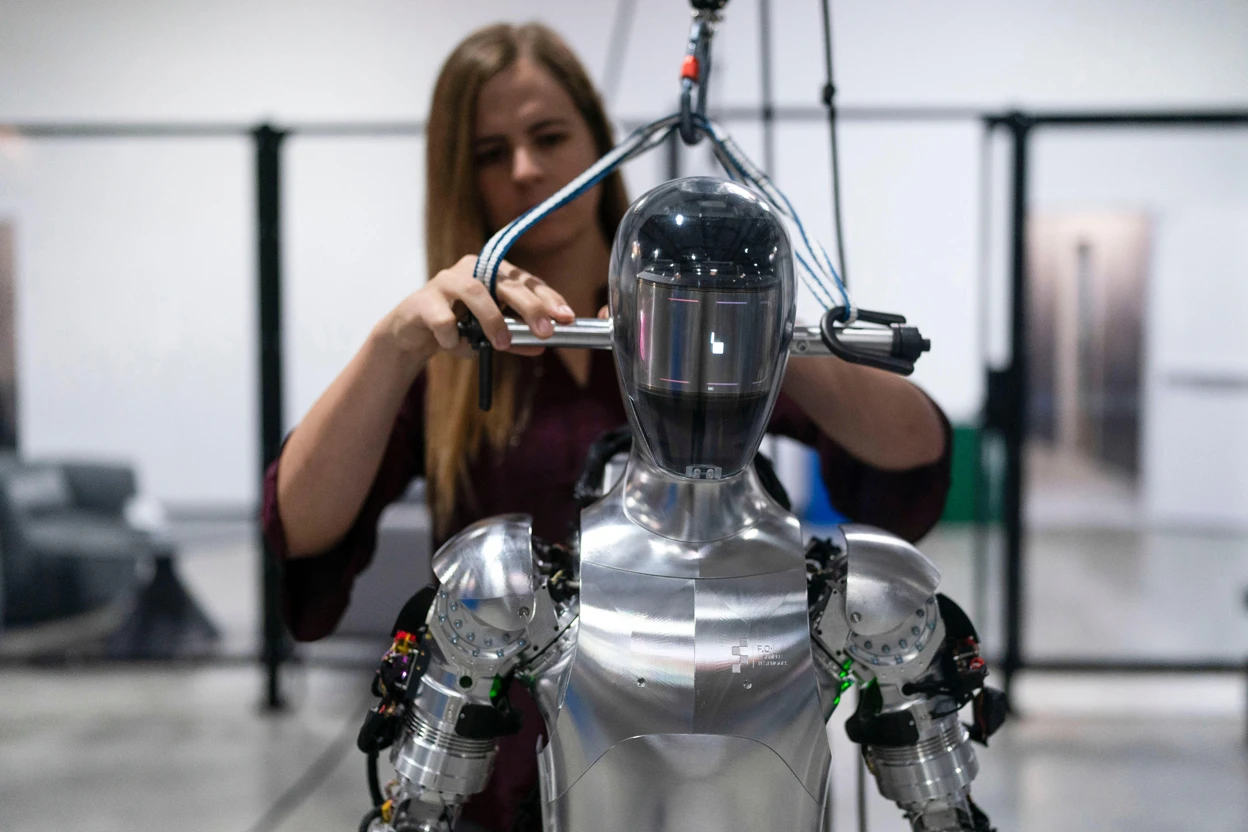In the face of market tumult and ongoing macroeconomic pressures, social media is awash with veterans of past bear markets sharing survival tips for founders. Stepping back from calls for capital efficiency and extending runways, founders must also answer a critical question: what does this shift in mindset mean for technology adoption trends?
At Radical we have seen hundreds of startups looking to shape the future of AI technologies. From this experience, I developed a framework for categorizing different waves of AI adoption. Understanding the changes that have come before situates the current moment and helps companies plan for the future.
Wave 1: AI as Breakthrough
After multiple ‘AI winters,’ the ImageNet competition win by Geoffrey Hinton and two of his PhD students in 2012 marked the start of the ‘AI spring.’ Following seismic breakthroughs in the early 2010s, founders with strong academic pedigrees emerged. Startups, such as DeepMind, were research-driven, while others focused on moving deep learning architectures and algorithms out of university labs into commercial environments. Yet, commercial barriers were plentiful. Long sales and deployment cycles were standard amongst larger companies lacking an understanding of AI and data infrastructure sophistication. Rather than becoming independent product companies, teams with early technology breakthroughs often opted to be ‘acqui-hired’ where they could continue building on top of their early breakthroughs within large tech companies.
Wave 2: AI as Infrastructure
Starting in the mid-2010s, the R&D focus of previous years shifted to developing ML-specific infrastructure and expanding AI capabilities into new industries. Crucially, at this time, AI talent at resource-rich hyperscalers started moving out and building their own AI startups. Ex-Google Brain researchers who worked on transformers and the BERT large language models founded Natural Language Processing platform and Radical Ventures portfolio company, Cohere. Simultaneously, teams like Untether AI started building specialized hardware to support the increasing compute requirements. Domain and industry-specific innovation started with several startups using these tools to solve vertical or function-specific problems.
Wave 3: AI Everywhere
From 2019 to 2021, AI adoption and investment soared. The current wave of AI adoption moves the technology from novelty to ubiquity, with AI software embedded in most technologies. Bear market dynamics will serve as tailwinds for AI adoption rather than slow down the momentum. AI will help extend human capacity and productivity.
We had projected to see AI move from being a buzzword and a top-level domain to a must-have for every software product in the next ten years. This is still true and the evolution is likely to be similar to the development of SaaS businesses and cloud infrastructure over the last two decades. When Salesforce started just over a couple of decades ago, they had to educate their customers on why an application hosted on the cloud would be a better option than one hosted within a data centre on the customer’s premises. Following the 2007-08 financial crisis, cloud adoption soared, driving performance (e.g. server uptime, resource allocation, and recovery), decreasing costs, and increasing scalability. Today, most software applications follow a SaaS business and delivery model. ‘Cloud hosted’ and ‘SaaS subscription’ are table stakes for most modern software businesses.
We expect to see an acceleration of AI deployment in the upcoming years. The changing environment presents both challenges and opportunities. Inescapably, the decisions made in the upcoming months will determine which startups can skillfully navigate the next few years and which organizations can adapt and adopt relevant AI technologies to ride the upcoming tidal wave of AI adoption.
Read Parasvil’s full article in Radical Thinking
Radical Ventures invests in people shaping the future of how we live, work and play. From healthcare and financial services to infrastructure and climate solutions, we partner with founders who understand the transformational power of AI. Reach out to us here.
AI News This Week
-
AI gurus are leaving Big Tech to work on buzzy new start-ups (CNBC)
“Four of the best-funded new AI start-ups — Inflection, Cohere, Adept and Anthropic — have recently poached dozens of AI scientists with backgrounds in Big Tech.” The article features Radical Ventures portfolio company Cohere, which was founded by AI researchers who left Google Brain. Most recently, Phil Blunsom, DeepMind’s longtime head of NLP and University of Oxford Professor, and Ed Grefenstette, founder of Meta (Facebook) AI in London and Honorary Associate Professor at UCL, joined Cohere to lead the company’s new London, UK office. The four companies discussed in this article are building products and services on top of Transformer models. Aidan Gomez, Co-founder and CEO of Cohere and Ashish Vaswani, Co-founder and Chief Scientist of Adept, were both authors on the paper “Attention Is All You Need,” which launched the Transformer revolution.
-
Listen: Geoff Hinton on revolutionizing AI… again (The Robot Brains Podcast)
There have been countless AI breakthroughs in the past decade. Many of these advancements hinge on the deep learning work conducted by Geoffrey Hinton, an investor in Radical Ventures and co-founder of the Vector Institute for AI (alongside Radical’s founders), and recipient of the Turing Award. Geoff joins Pieter Abbeel, Co-founder of Radical Ventures portfolio company Covariant, for a wide-ranging discussion inspired by insights gleaned from Hinton’s journey from academia to Google Brain. The episode covers how existing neural networks operate differently than how the brain actually works, the purpose of sleep, and why it may be better to grow our computers than manufacture them.
-
Landmark transplant turns 3D bioprinting on its ear (IEEE Spectrum)
In a major advance in tissue engineering and regenerative medicine, surgeons in San Antonio successfully used a 3D printed outer ear made of living cells to reconstruct a young woman’s ear with a congenital deformity. “This bioprinted ear auricle is an important milestone in the industry, but there is still work to be done to bioprint replacement tissues or organs that need to perform complex biological functions,” noted Sam Wadsworth, cofounder and chief scientific officer of Radical Ventures portfolio company Aspect Biosystems who was quoted in the article. The company uses bioprinting to develop tissue therapeutics by combining the power of microfluidics and 3D bioprinting to create living, human tissues that will save lives and make people healthier.
-
Printed synaptic transistor–based electronic skin for robots to feel and learn (Science Robotics)
Researchers at the University of Glasgow are developing a prototype electronic skin or “e-skin” that acts like a peripheral nervous system to improve learning for the next generation of robots. The e-skin is designed to mimic how sensory neurons function in humans. The aim is to have high-quality, uniformly responding electronic devices distributed over large areas and capable of delivering synaptic behaviour with long- and short-term memory. Unlike other forms of e-skin, the system relies on distributed learning and synaptic transistors so it does not require sending messages to and from a central processor before action can be taken. This design speeds up the process of responding to touch and cuts down on the required computation.
-
AI-driven robot boat Mayflower crosses Atlantic Ocean (BBC News)
An AI-piloted “Mayflower” ship has crossed the Atlantic. The crewless vessel departed from Plymouth in the UK in April and was diverted to Portugal’s Azores islands before reaching Nova Scotia, Canada, on Sunday. IBM and Promare co-engineered its software, which relied on real-time machine learning and analytics, sensor input, and a “decision engine” to navigate. The project aimed to gather and analyze marine data and explore new technologies for use in other industries.
Radical Reads is edited by Ebin Tomy (Analyst, Radical Ventures)





